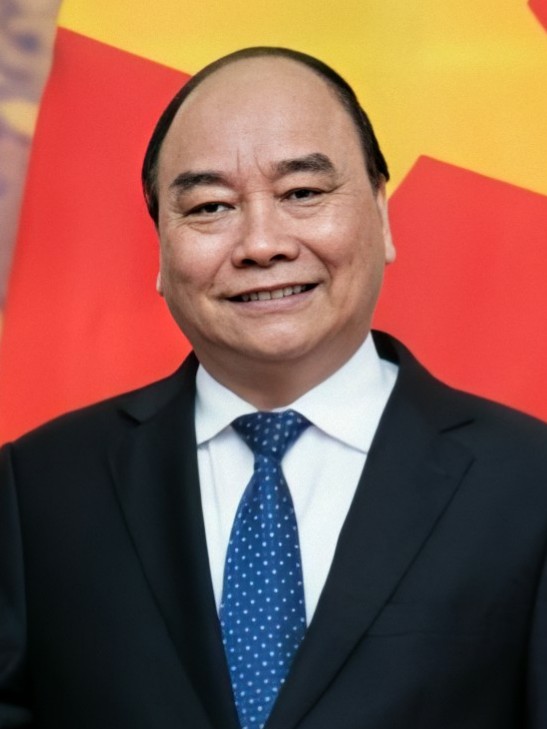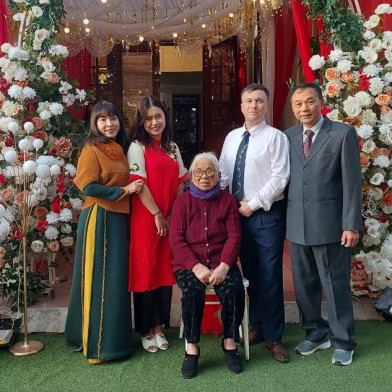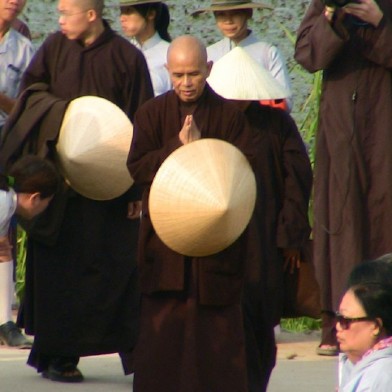For the second time in two years, a Vietnamese president has resigned.
On Wednesday, March 20, President Vo Van Thuong stepped down from his role, due to allegations of “violations and flaws [that] have negatively affected public perception, as well as the reputation of the party and the state”, state media reported.
Thuong had been in the role for a year.
President Vo Van Thuong on a state visit to Italy in 2023. Image: Quirinale
Vietnam’s ruling Communist Party did not release any extra details about his resignation, or the “violations”, but his resignation comes in the wake of a governmental crackdown on corruption. The current vice president, Vo Thi Anh Xuan, has been named as acting president.
According to reporting from the BBC, there are underlying allegations of fraud and bribery against Thuong, which go back more than a decade and relate to a property business in the Quang Ngai province.
Thuong’s predecessor, Nguyen Xuan Phuc, resigned in seemingly similar circumstances last year, after the ruling party found him responsible for violations and wrongdoing of numerous officials under him, according to media reports.

Ex-Vietnam president President Nguyễn Xuân Phúc. Image: Wikimedia Commons
Turnover of political leadership at this high level is historically unusual for Vietnam, analysts have pointed out. In speaking to The Guardian, Nguyen Khac Giang, a visiting fellow under the ISEAS–Yusof Ishak Institute, said the turnover was “not a good sign for a country often boasting political stability.”
The current General Secretary Nguyen Phu Trong – who holds the most powerful position in Vietnam’s political system – has been intensifying the party’s fight against corruption in a campaign known commonly as ‘Blazing Furnace’.
Firstly, what is the president’s role in Vietnam?
Vietnam is a one-party state, ruled by the Communist Party of Vietnam (CPV). The positions with the most power in this structure are colloquially referred to as the ‘four pillars’: the General Secretary of the Communist Party of Vietnam, the President, the Prime Minister of Vietnam, and the Chairman of the National Assembly.
The General Secretary leads the CPV and the Politburo, essentially carrying the most power in the political system. The President is the head of state, often front and centre of external relations, and is largely a ceremonial position in Vietnam. The Prime Minister is the head of the government, and the Chairman presides over the National Assembly, the country’s highest body of state power.
General Secretary of the Communist Party of Vietnam Nguyen Phu Trong in 2023. Image: Wikimedia Commons
What is the ‘Blazing Furnace’ campaign?
The term ‘burning furnace’ or đốt lò in Vietnamese is used to refer to the anti-corruption campaign launched by Nguyen Phu Trong in 2013. Thousands of officials – from high levels to low – have been caught up. This includes officials jailed in a mass bribery case over repatriation flights during Covid to arrests late last year in the country’s largest corruption scandal: Truong My Lan, a prominent real estate developer, has been accused of embezzling nearly $USD12.4 billion, the equivalent of more than 3 percent of the country's GDP.
The ‘blazing furnace’ approach aims to consolidate trust in the ruling Party and in the State. While the campaign itself has been running for years, the resignation of two presidents in a short time marks a ramp up in anti-corruption efforts - before Phuc’s resignation in 2023, the last president to resign due to performance reasons was Truong Chinh in 1956.
The anti-corruption campaign has not been without its challenges. For one, the drive has potential negative repercussions for Vietnam's economy; the real estate industry has been suffering, as some key figures accused of corruption have deep ties to politicians. On top of that, it has slowed bureaucracy down in some areas as government officials become reluctant to make decisions on certain projects.
- Asia Media Centre


